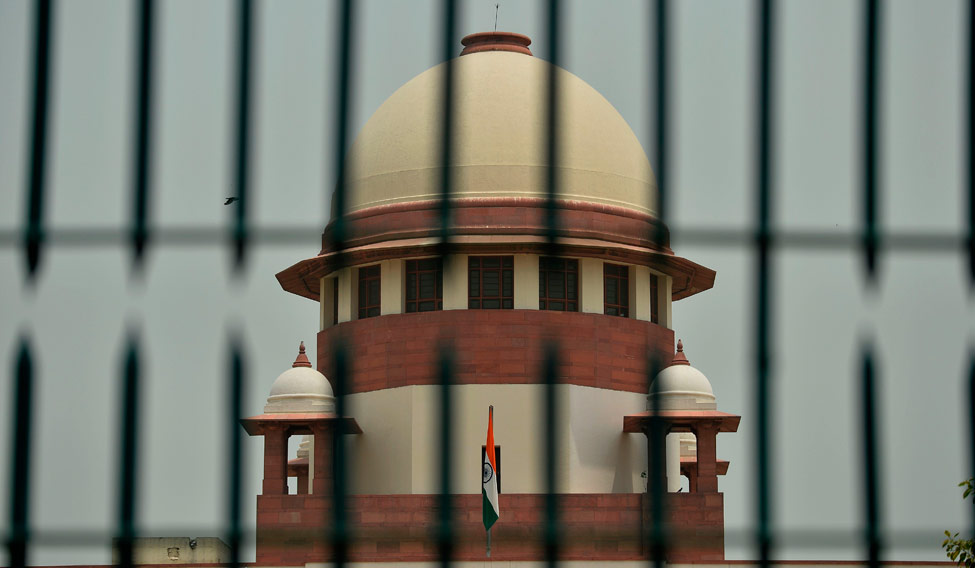The press conference called by four senior judges of the Supreme Court on Friday gives signs of an inspiring beginning of glasnost and perestroika within the Indian judiciary. Systems like the Collegium of Judges which works in a secretive manner and has no set criteria do not function in any democracy country other than India.
The collegium has extensive powers in matters of appointing judges, transferring judges, administration of the courts and day-to-day management of the courts. Strangely, this system has not been mentioned anywhere in the Constitution of India. Owing to the collegium’s very secretive nature, the citizens or even other centres of power cannot monitor its activities. Hence, the world outside will not know the wrongdoings happening within the collegium, even if a member or members of the collegium questions those transgressions.
What happened on January 12 has re-scripted the history of Indian judiciary. The points of dispute that came up at the press conference called by the four judges were not merely related to administrative disputes regarding assigning of cases to various benches. What the judges said at the press conference gave out an alarming impression to the common man that many cases are not dealt with honesty, that the judges who preside over such cases face threat to their lives, and that there are moves from many quarters to shield the accused.
The four senior judges who came out openly with their dissent are known for their honesty and personal integrity. No accusations have ever been made against them. What they pointed out at the press conference were fundamental subjects related to the responsibilities of the judges. The freedom of the judiciary should not turn out to be a negation of the responsibilities. However, matter of the fact is that there is no system in India at present to evaluate or correct the performance and activities of the judges of the constitutionally instituted courts, including the Chief Justice of India.
Judges are the servants of the citizens, not the masters. In order to ensure that only those with honesty, personal integrity and having high sense of justice are appointed as judges, the process of selection of judges must be amended accordingly. However, that didn't happen in India.
The political administration had the upper hand in appointing judges until the verdict in the ‘Second Judge Case’ of 1993. Ever since then, even now, the last word in appointing judges has been that of the collegium. However, the four judges pointed out at the press conference that a big crisis has been created with the Chief Justice of India taking unilateral decisions without taking into confidence even senior judges of the collegium.
There are a few countries where the judiciary is corrupt. The studies conducted by Stratos Pahis on corruption in US courts, and by Eric Chi Yong on corruption in Chinese courts, explain how courts sabotage the system of justice. Former Union ministers P. Shiv Shankar and Santhi Bushan had earlier complained of corruption in higher courts in India. Justice V.R. Krishan Iyer and Justice Barucha had also made similar accusations. A system in which judges use secretively the powers vested in them and silence any dissent by brandishing the weapon of contempt of court is never democratic. In fact, corruption in the judiciary is far more frightening and harmful than corruption in politics.
The Supreme Court had ruled in the ‘Veerasmway Case’ of 1991 that if a judge is involved in a corruption case, the FIR should be filed only with the consent of the Chief Justice. The Chief Justice himself is liable to face investigation if there is even a doubt of allegation levelled against him. This investigation has to be naturally ordered by a bench consisting of a judge who is next in seniority to the Chief Justice. However, the Chief Justice of India cancelled a verdict to this effect, issued by a bench consisting Justice J. Chelameshwar, by setting up another bench. The crisis that this dubious deed created in our judicial system, which happened recently, has not been discussed adequately.
The serious maladies plaguing the judicial system in India cannot be cured by external medication. The real and effective treatment would involve a total reform at all levels of the judiciary, from appointment to management. A quick reformation cannot be expected in the present political situation, but the beginning of an inevitable change in future has been set in motion. In India today, a free judiciary is a popular need that is more important than anything else.
The writer is a lawyer in the Supreme Court and the High Court. This article was originally published in the Malayala Manorama daily on January 13, 2018





